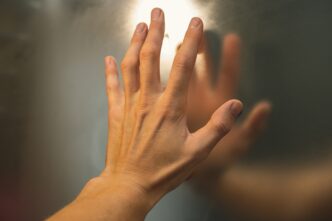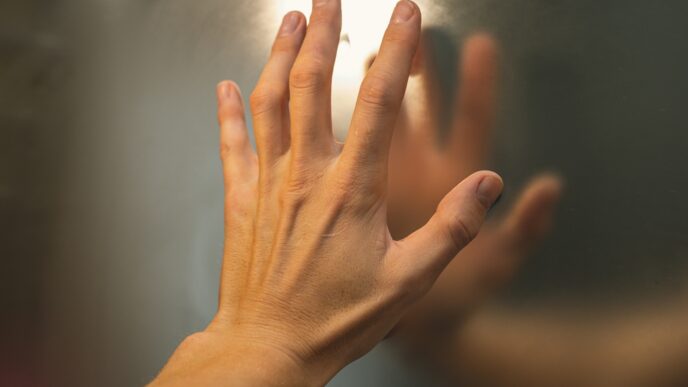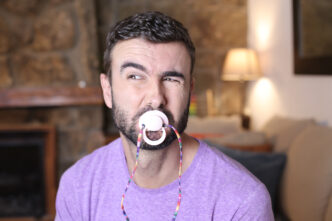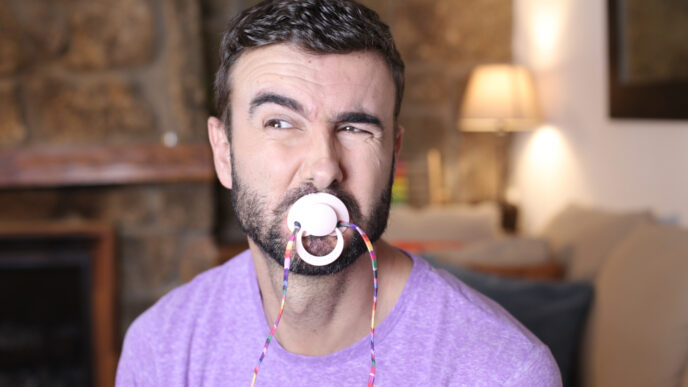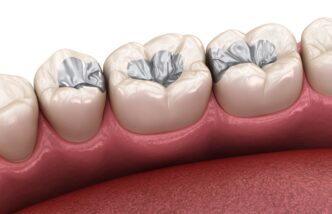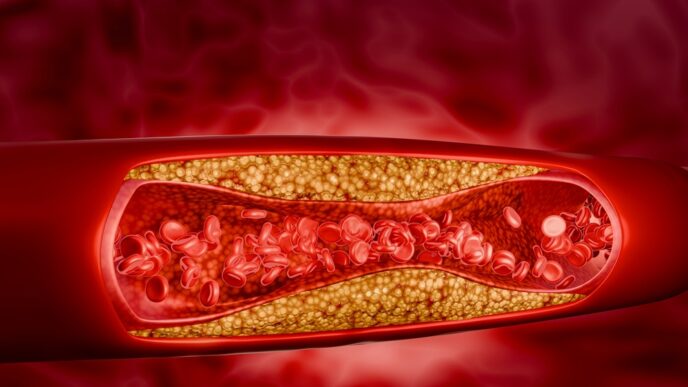Research on blue light in the past had linked it to disruption to our sleep cycle, or circadian rhythm, thus making it harder to maintain a proper sleep routine. More worryingly, some studies suggest that blue light may also damage the eye, leaving us more vulnerable to issues such as cataract or macular degeneration.
WORDS LIM TECK CHOON
In addition to the problems mentioned above, recent research on rats also suggested that long-term exposure to blue light — over 6 hours a day — can cause female rats to go into early puberty!
Hence, it makes perfect sense to try to reduce your exposure to blue light, especially closer to bedtime.
COMMON SOURCES OF BLUE LIGHT IN YOUR HOME
- Fluorescent and LED lights
- Smartphones and tablets
- Television
- Computer screens
- Video game consoles
HOW TO REDUCE YOUR EXPOSURE TO BLUE LIGHT
- Set an alarm on your clock or phone to remind you to turn off not-needed devices listed above, about 2 to 3 hours before you go to bed.
- Avoid using your phone or tablet in bed.
- If you want to read a physical book in bed, use a lamp that produces red or orange light.
- If you need to use electronic devices listed above in the evening or close to bedtime, switch on ‘night mode’ if available. There are also apps that you can install on these devices to reduce blue light emission.
| This article is part of our series on issues affecting our sleep as well as eyesight. |







